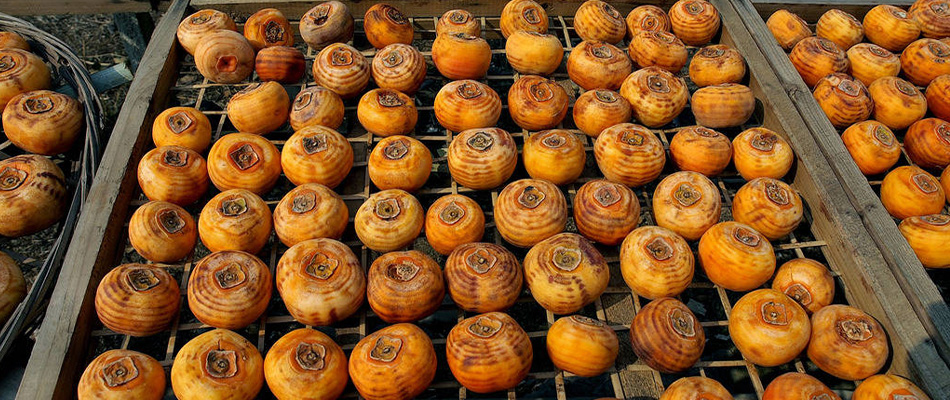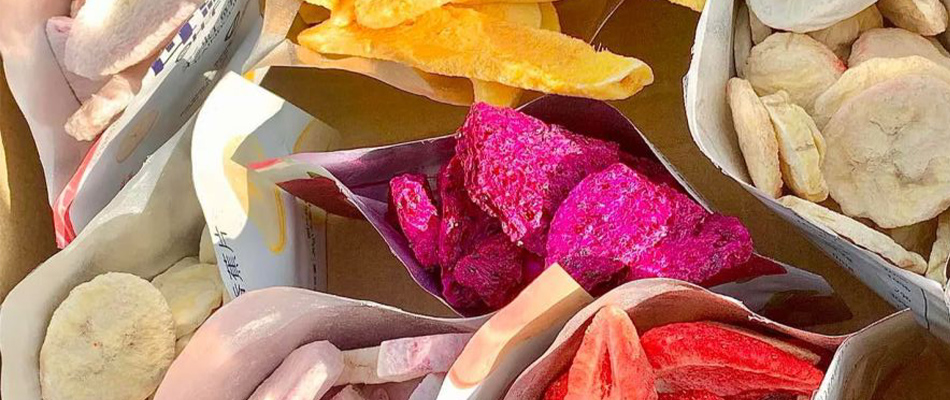Food is an essential part of human survival. However, in daily life, we sometimes encounter food surplus or desire to change the texture of food. In such cases, the methods of food preservation become crucial. They work like magic, temporarily preserving the freshness and deliciousness for future enjoyment. Two commonly used methods are dehydration and freeze drying. What are the differences between these two methods? How are dried fruits prepared? This is the topic of this article.
Dehydration:
There are several methods to achieve dehydration for fruits. You can air-dry the fruits under sunlight, allowing the moisture to evaporate naturally. Alternatively, you can use a dehydrator or an oven to remove the moisture mechanically. These methods generally involve applying heat to eliminate as much water content as possible from the fruits. The advantage of this process is that no chemicals are added.

Freeze-drying:
When it comes to freeze drying, it also involves dehydration of fruits. However, the process is slightly different. In freeze drying, the fruits are first frozen and then the water content is extracted using a vacuum. Once this process is completed, heat is applied while the frozen fruits thaw, and the vacuum continuously extracts the water. The result is crispy fruits with a flavor similar to the original ones.

Now that we have a basic understanding of the different methods of preserving and dehydrating fruits, let's discuss their differences. We will first talk about the differences in texture, followed by differences in flavor, and finally differences in shelf life.
Summary:
In terms of texture, dehydrated fruits are more chewy, while freeze dried fruits are crispy. In terms of flavor, freeze dried food retains minimal loss of nutrients and flavors, preserving the original ingredients, taste, color, and aroma to a great extent. Both methods allow fruits to have a longer shelf life. However, according to some experimental reports, freeze-dried fruits can be stored for a longer time when placed in a sealed container. Dehydrated fruits can be stored for about a year, while freeze-dried fruits can last for several years when stored in a sealed container. Furthermore, some studies indicate that freeze dried fruits or foods have higher nutritional content compared to dehydrated foods.
While this article focuses primarily on fruits, there are many other types of food that can be preserved through freeze-drying, including meats, candies, vegetables, coffee, milk, and more. Blogs and social media platforms also provide discussions on "which foods can be freeze dried," enriching the variety of freeze dried foods.
In conclusion, vacuum freeze drying is an important method for extending the shelf life and improving the convenience of food transportation. During the freeze drying process, it is crucial to select the appropriate processing equipment and techniques based on the type of food and strictly adhere to standard procedures. This process requires constant experimentation for confirmation.
"If you are interested in freeze dried food making or would like to learn more about our products and services, please feel free to contact us. We are happy to provide you with advice and answer any questions you may have. Our team will be happy to serve you. Look forward to communicating and cooperating with you!"
Post time: Apr-17-2024






